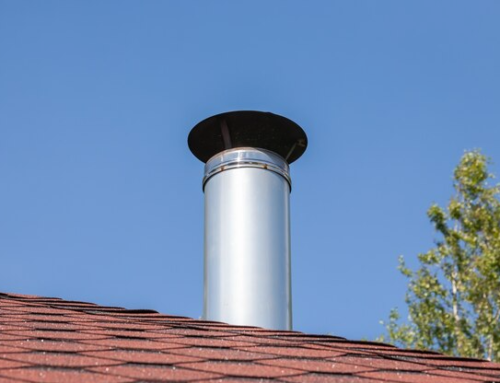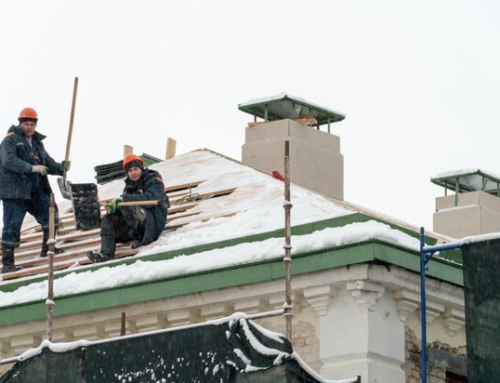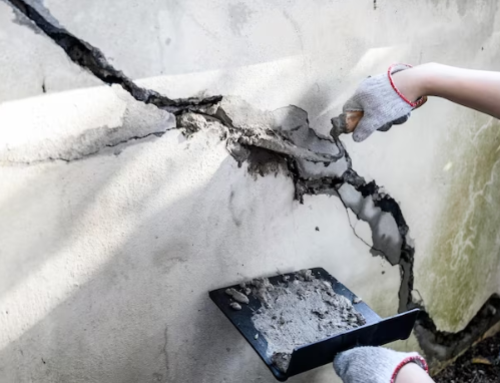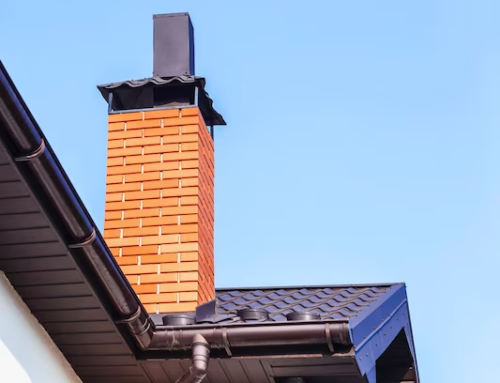Maintaining a residential chimney and a fireplace is a big responsibility. Plus, you need to be able to identify potential issues.
Many homeowners use the terms chimney and fireplace interchangeably. Both of these terms are different in terms of design, purpose, and maintenance. In this blog, we’ve discussed all the terms associated with chimneys and fireplaces that’ll help you better identify potential problems.
Parts of a Chimney
Some of the main elements of chimneys are mentioned below:
1. Cap
The cap is the roof a chimney. It’s usually made of metal intended to keep mesh and precipitation outside. A cap also acts as a barrier blocking animals or birds from entering into the chimney’s cavity.
2. Crown
Beneath the cap, there’s a crown which collects the water that falls on the cap. This crown extends to the flue pipe and the edge of the chimney two inches around the masonry. The best quality crowns are made of metal mesh with a solid mortar construction, a slant, and a drip edge to keep the precipitation away from the flue.
3. Flue
Your chimney has a shaft that collects smoke, pollution, gases, and creosote known as flue. It is installed inside the masonry structure and reaches the crown and the smoke chamber.
4. Flue Liner
Next up is the flue liner. This protective coating layer protects the flue from harmful and corrosive exterior elements. It keeps the air free of toxins so you may enjoy clean, breathable environment inside your home.
This liner also acts as a smooth surface to promote optimal airflow. A flue liner is made of various types of material such as aluminum, steel, and tile. However, you must consult with an experienced chimney repair expert to learn more about the rated flue liner.
5. Smoke Chamber
Smoke chamber is an essential part of any chimney structure. It’s situated just above the firebox where the smoke mixes with warm air and rises up to the flue and creates fire. The smoke chamber is a funnel-shaped tunnel that releases smoke made of heat and air.
In addition to the chimney terms mentioned above, you must also brush up your knowledge on damper, firebox, hearth, and ash dump. All are equally crucial to maintain optimal chimney performance.
Fireplaces: Diving Deeper
Usually, there are two variants of fireplaces: a masonry fireplace and a factory built fireplace. Both are purposeful and efficient in their own ways but the masonry option supersedes the latter.
A masonry fireplace durable, easy to maintain, and adds to theaesthetic. It’s built with a firebox with a brick chimney on the rooftop. If you look across the damper, you’ll locate a pyramid shaped tunnel.
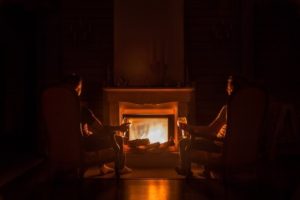
Here are some of the main terms linked to fireplaces:
1. Tile Liners
Fireplaces not exposed to chimney fires contain tile liners.
2. Firebox
A firebox releases the smoke from the burnt wood. This part needs regular maintenance because the joints are vulnerable to constant expansion and contraction.
CT Chimney Repair is a leading chimney repair and cleaning company offering a wide-range of services in Farmington, Simsbury, West Hartford, Bristol, Avon, and more. In addition to chimney liner installation and chimney rebuilding, the company also offers professional masonry services and fireplace remodeling services.
Make an appointment today or learn about their chimney services here.

